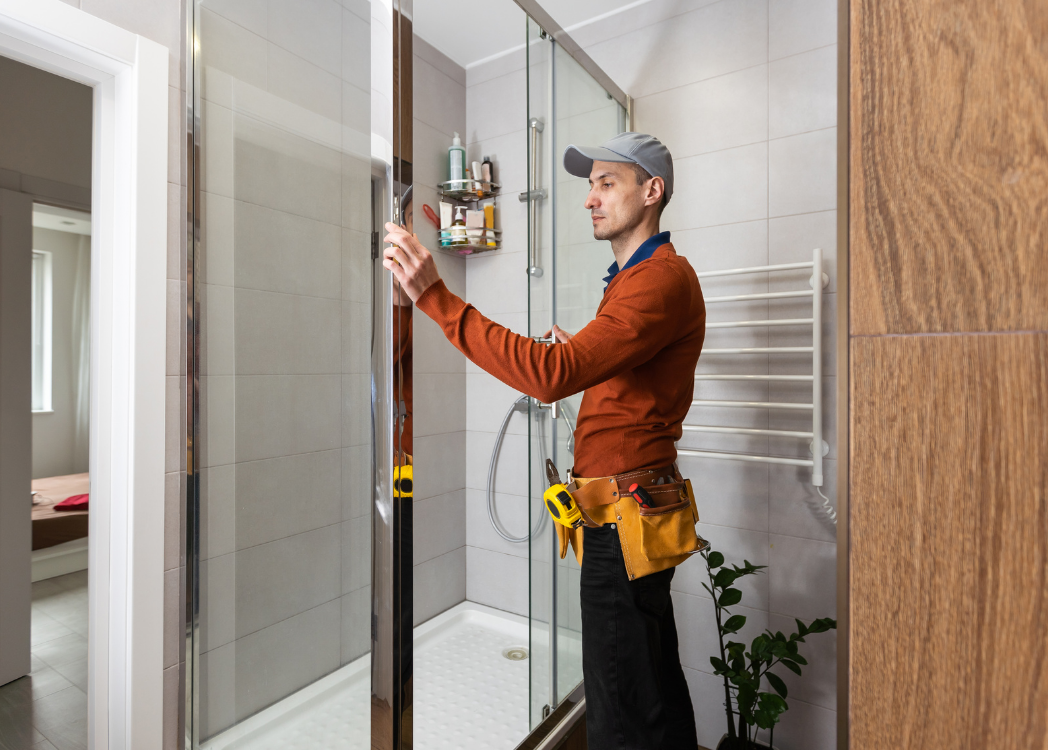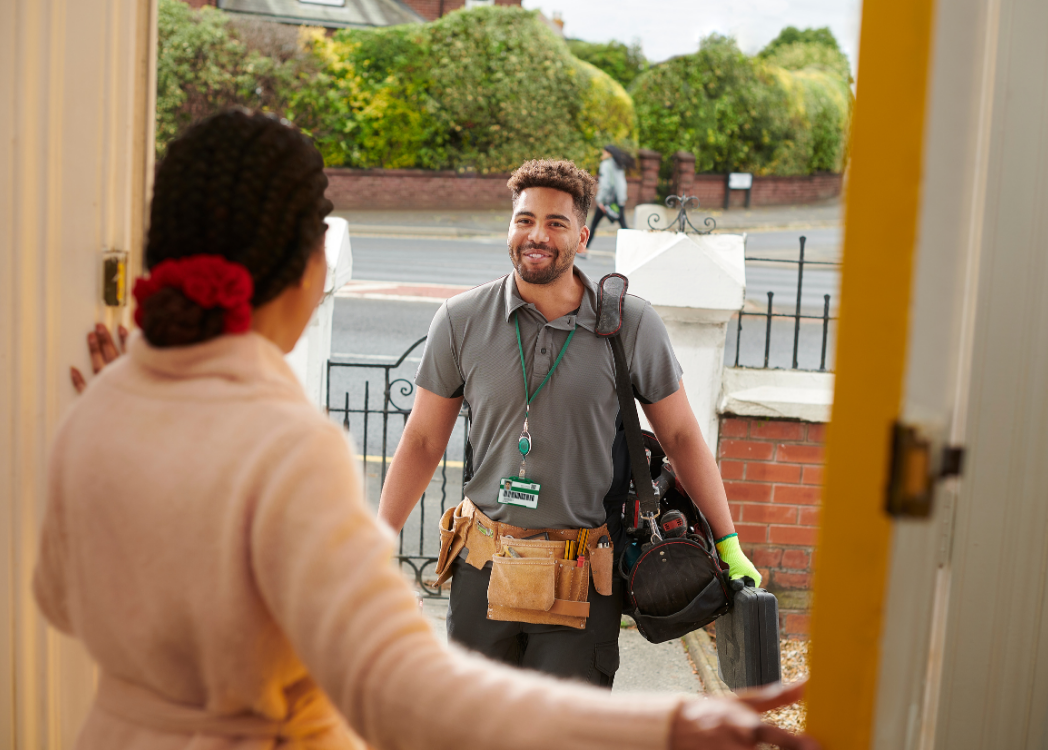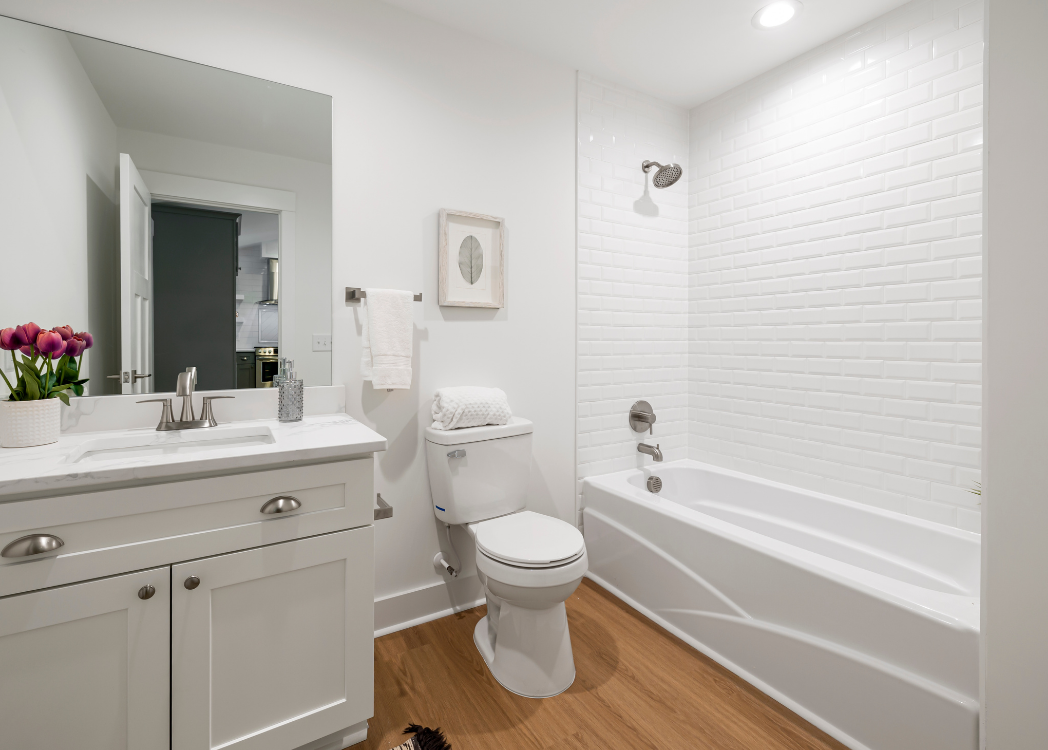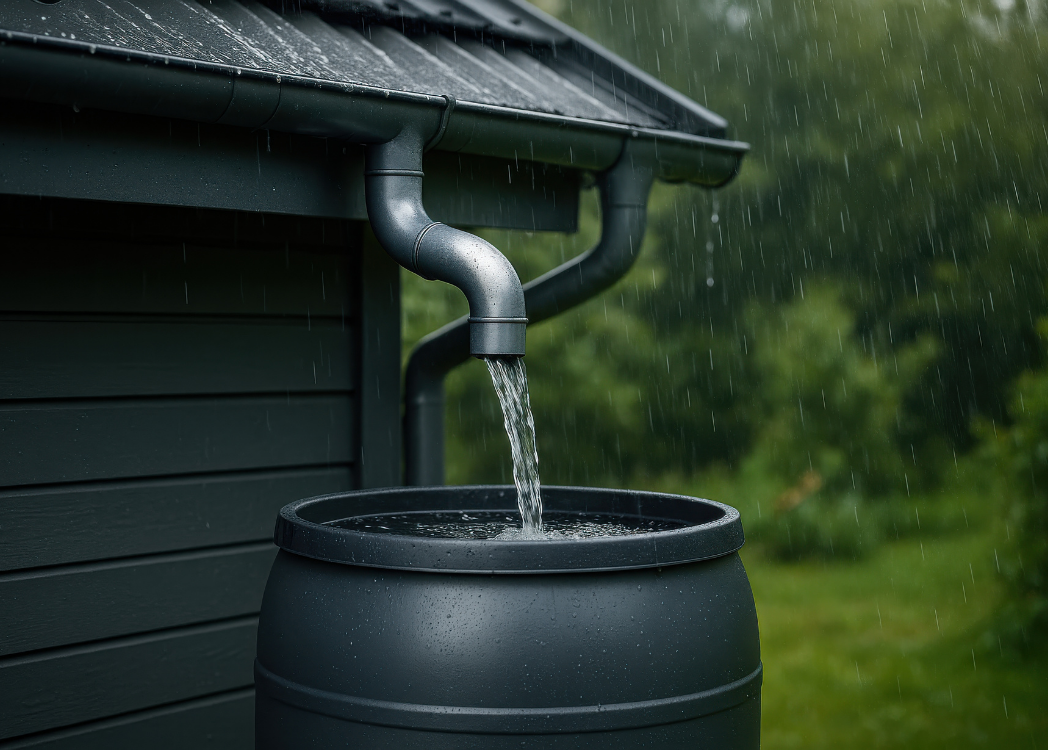Common DIY Fixes That Homeowners Should (and Shouldn’t) Attempt

There’s a certain pride that comes with tackling home projects yourself — fixing, painting, or repairing something with your own two hands.
But not every “simple” fix turns out to be simple. Some jobs are great for homeowners, while others can quickly get messy, expensive, or even unsafe.
Here’s how to tell when to DIY — and when to leave it to someone with a bit more experience.
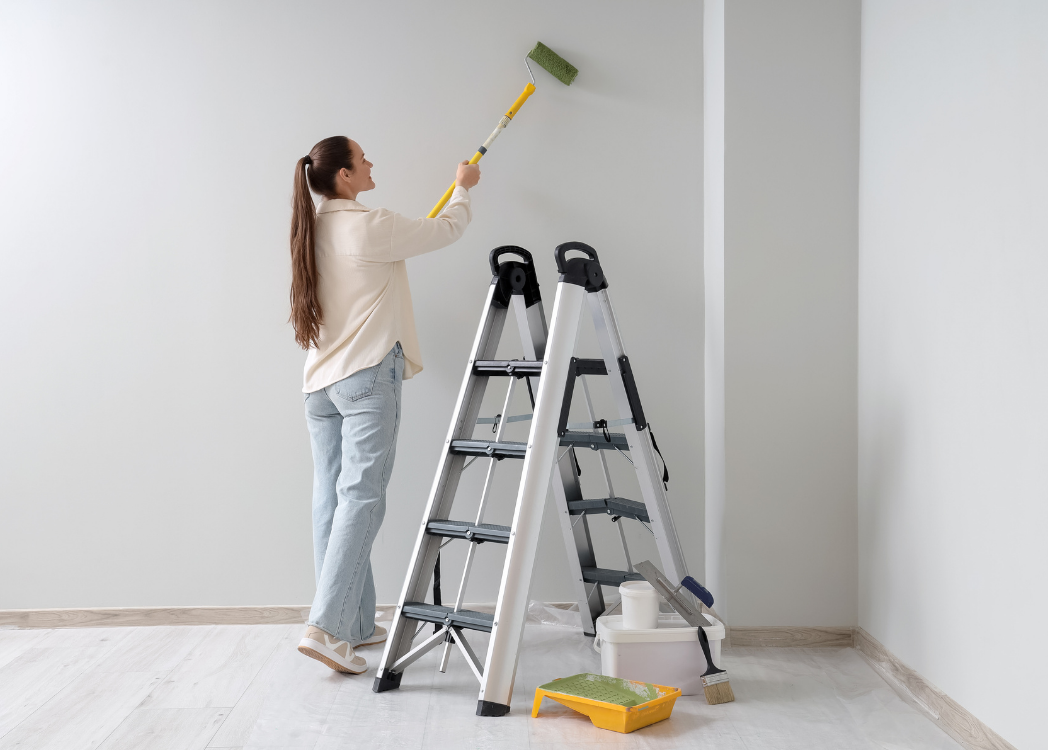
The DIY Wins
Painting and Touch-Ups
A good paint job can make any space feel fresh again. With prep and patience — cleaning, sanding, and proper taping — most homeowners can achieve great results. It’s also a forgiving project: if you make a mistake, you can sand and repaint.
Choose paints that are low-VOC for better indoor air quality, and always start with a primer if you’re covering a darker color.
Replacing Hardware and Fixtures
Swapping out handles, knobs, faucets, or light switch plates is a satisfying update that doesn’t require special tools. Just remember to keep the old hardware handy until the new piece fits correctly — every brand has slightly different screw lengths and hole placements.
Small details like this can elevate a space without breaking your weekend budget.
Re-Caulking and Sealing
If your bathtub, sink, or windows show cracked caulk, this is a DIY worth learning.
Cut out the old material, clean the area, and apply a smooth, even bead of new caulk. It’s quick, inexpensive, and prevents water damage over time.
Tip: Use painter’s tape on both sides of the joint for perfectly clean caulk lines.
The “Maybe Not” List
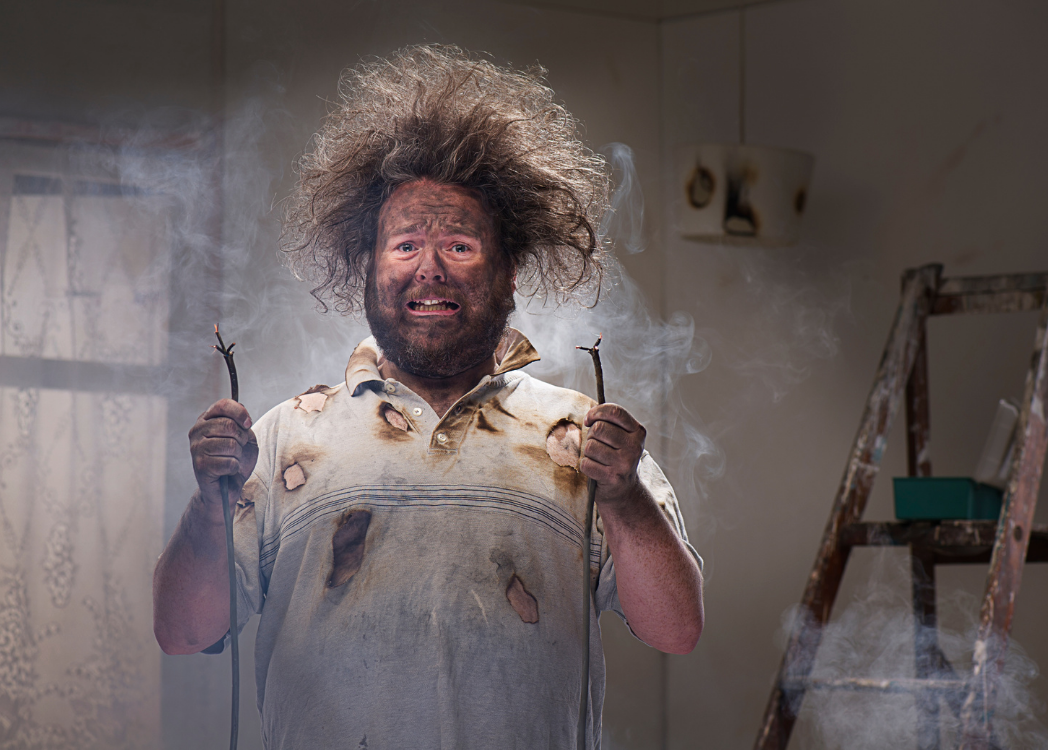
Drywall Repairs Larger Than a Patch
Filling nail holes or small dings? Easy. Replacing an entire section of drywall or ceiling? That’s another story. Matching texture and seam lines takes experience, and a small mistake can make the repair stand out worse than the damage.
Plumbing Fixes Behind Walls
It’s tempting to tackle that slow drain or leaky pipe, but plumbing systems can be deceptive. One loose joint or missed seal can cause slow leaks that go unnoticed for months. If water is involved — and especially if you can’t see all the connections — it’s best to slow down and assess first.
Electrical Work (of Any Kind)
Changing a light bulb or a faceplate is fine. But rewiring, changing fixtures, or adding outlets introduces risk. Even minor wiring mistakes can cause shorts or fire hazards later. Unless you’re fully confident and trained, this is one area where a little restraint goes a long way.
Finding the Balance
Being handy doesn’t mean doing everything alone. In fact, the best homeowners know their limits — and that’s what keeps small projects enjoyable.
DIY should feel like progress, not pressure.
If you’re learning new skills, start small and build confidence. Replacing a faucet or hanging a shelf are great “entry-level” projects that teach measurement, leveling, and patience — skills you’ll use in every home improvement task going forward.

Avoiding the “DIY Snowball”
Sometimes a small job can uncover a bigger one. Maybe you pull off a baseboard and find old water damage, or remove a light fixture and realize the wiring’s outdated. When that happens, it’s not a failure — it’s awareness. Knowing when to pause saves money and stress down the road.
Think of DIY as the first step toward understanding your home — not always the final fix.
Final Thoughts
DIY projects can be empowering and fun when they’re chosen wisely. The key is knowing where your comfort zone ends and where professional experience begins.
You’ll save money, learn new skills, and maintain your home more confidently — all while avoiding the frustration of having to redo a rushed repair later.







